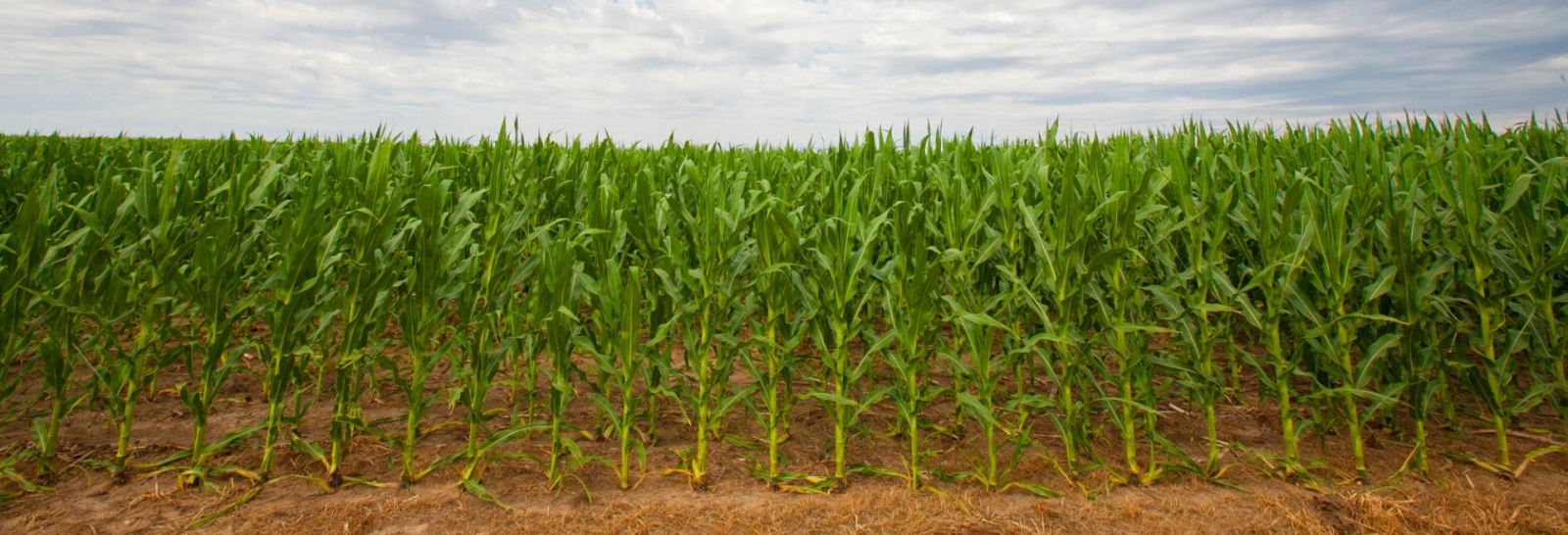April 24, 2009
Biology and Identification
Winter annuals germinate in the fall (September and October) and early spring (March and April) and most complete their life cycle by mid-summer. Fall is always the optimum time to scout for and often control many winter annual weeds. If you didn't scout last fall, scout and treat as soon as possible this spring before weeds get a foothold for this season.
Delayed Control Costs For more information on the impacts and costs of delayed treatment of winter annuals, see Uncontrolled Winter Annuals Use Soil Nutrients and Soil Moisture in this week's CropWatch. |
Scouting. Scouting for winter annuals requires walking a field. Winter annuals are typically very small. Many have a rosette habit and can be hidden by crop residue in the fall and early spring. They are easy to overlook with a casual "drive by" scouting of a field.
Correctly identifying a winter annual species is the first step in planning an effective control strategy. Table 1 lists some of the more common winter annual species encountered in Nebraska. An excellent North Central Region Extension publication on identifying winter annual weeds is Early Spring Weeds of No-till Crop Production. It may be ordered from the University of Missouri Extension, or viewed free at: http://extension.missouri.edu/explorepdf/regpubs/ncr614.pdf. For Nebraska-based information on control measures and herbicide efficacy, see the 2009 Guide to Weed Management in Nebraska, available online and from local Extension offices.
| Table 1. Common winter annual species of concern in Nebraska row crops. | |
| Broadleaf Species |
Grass Species |
|
Catchweed bedstraw (Galium aparine) |
Annual bluegrass (Poa annua)
* Species is actually a perennial, however, its time of most robust growth often coincides with winter annual growth and development. |
Control in Corn and Soybeans
Fall is often the optimal time for winter annual weed control; however, using tank mixtures preplant or preemergence also can be effective. As producers plant corn earlier, applications to control winter annuals at preemergence or even early postemergence have become more common.
Many producers are attempting to accomplish burndown and preemergence in one pass. Depending on the time of planting, some winter annuals will have already flowered or even produced seed. While combining a burndown and preemergence application can be viewed as efficient time management, consider the other costs associated with delaying control until winter annuals have grown to or beyond the flowering stage. These include inefficient soil water use, nutrient tie up, and no reduction in the weed seed bank.
Corn
In corn, tank mixtures containing atrazine and 2,4-D or glyphosate are effective on common winter annuals such as henbit, field pennycress, shepherdspurse, and marestail. The chloroacetamide active ingredients (metolachlor, acetochlor, dimethenamid, etc) do not have foliar activity, so select a product with an atrazine premix (Bicep II Magnum, Breakfree ATZ, Cinch ATZ, Harness Xtra, etc.) or add atrazine. Atrazine activity can be increased by adding a crop oil concentrate and UAN, as long as the tank mix partners allow these adjuvants and the corn has not emerged. Products containing isoxaflutole (Balance Flexx, Corvus, Balance Pro) or ALS-inhibiting herbicides like Steadfast or Basis do have foliar activity on winter annual weeds, however, adding atrazine and 2,4-D or glyphosate will broaden the spectrum of control.
2,4-D is effective against many winter annual species, but it can cause crop injury if used inappropriately and or during unfavorable environmental conditions. If 2,4-D (1 pt/ac) is used preplant, producers should observe the seven-day interval between application and planting. When attempting to control winter annuals early postemergence (spike to 8-inch corn), rates up to 1 pt/ac can be used. When the corn is taller than 8 inches, reduce the 2,4-D rate to 0.5 pt/ac and use drop nozzles to avoid stalk brittleness and other injury.
Soybeans
ALS-inhibiting herbicides such as Pursuit, Classic (Canopy, Envive or Enlite), Valor, or Authority in combination with 2,4-D or glyphosate, are effective on winter annual species. Be sure to observe the seven-day interval between application and planting if 2,4-D (1 pt/ac) is used.
Producers also should be aggressive about marestail control and not rely solely on glyphosate since resistant populations have been identified in Nebraska. Marestail is relatively easy to control preplant, but effective postemergence control options are very limited, especially in soybeans.
Lowell Sandell, Mark Bernards and Stevan Knezevic
Extension Weeds Specialists
